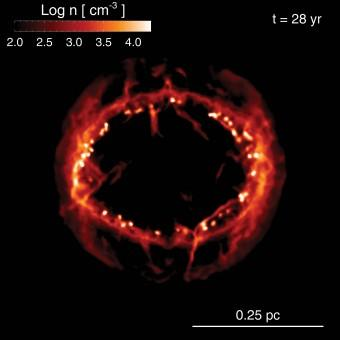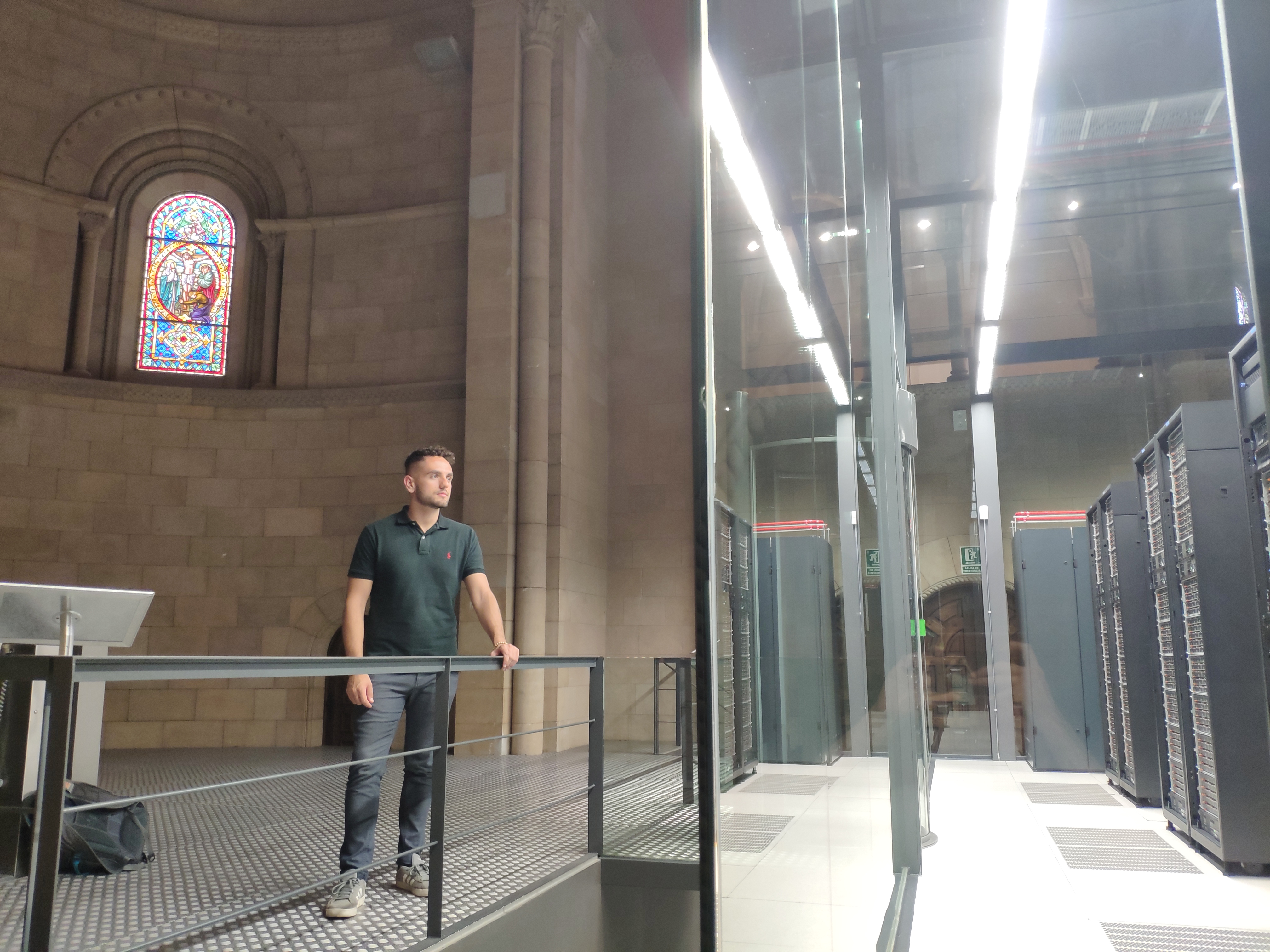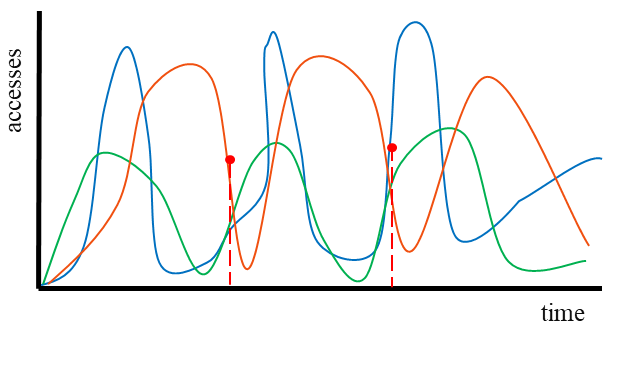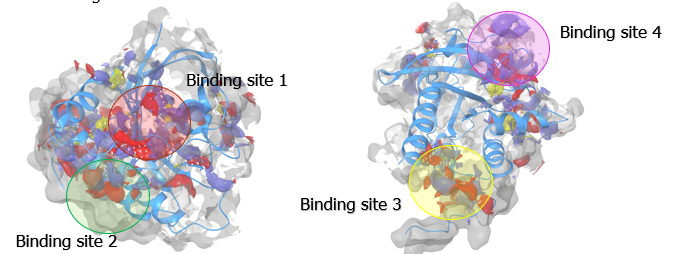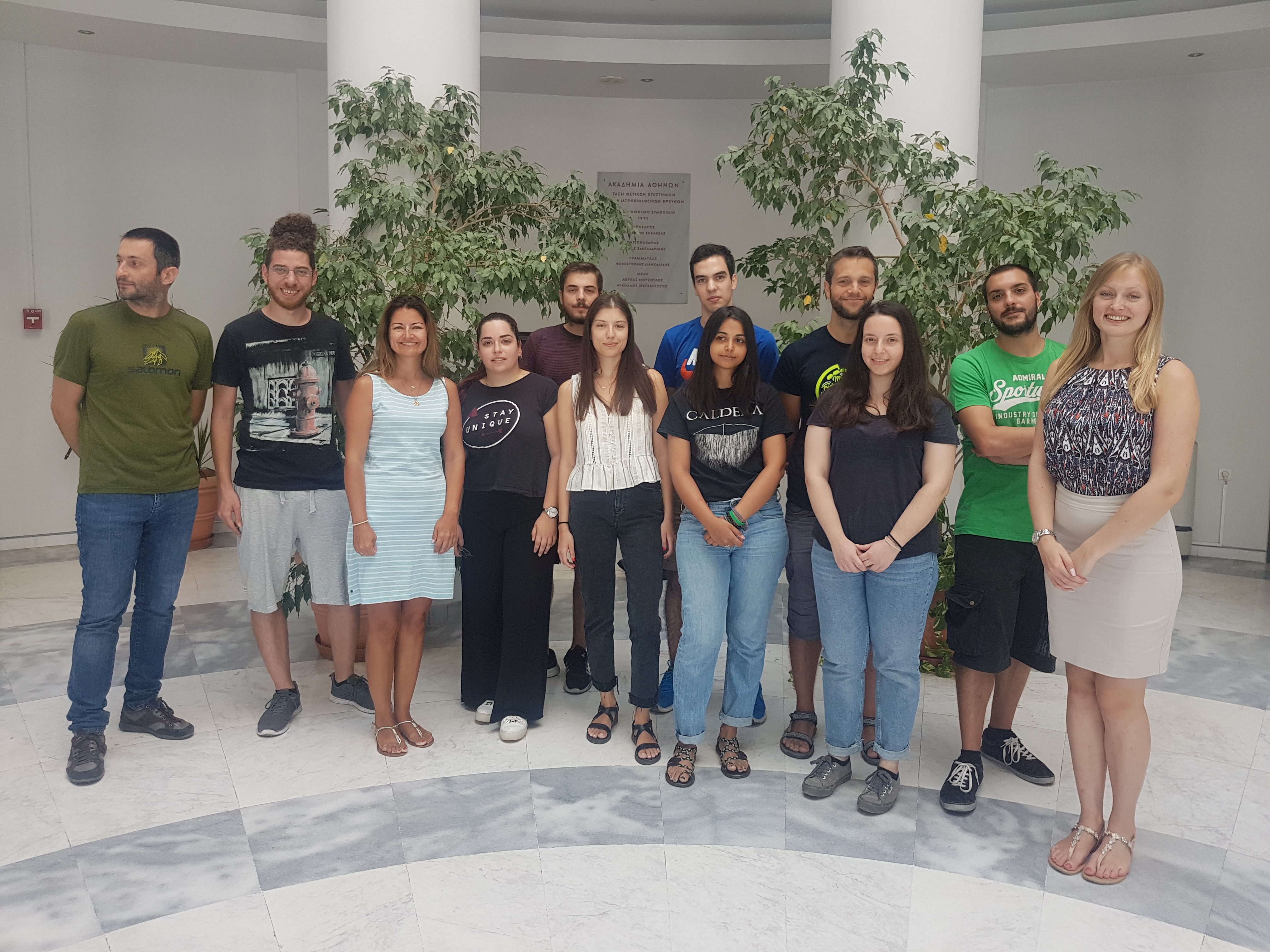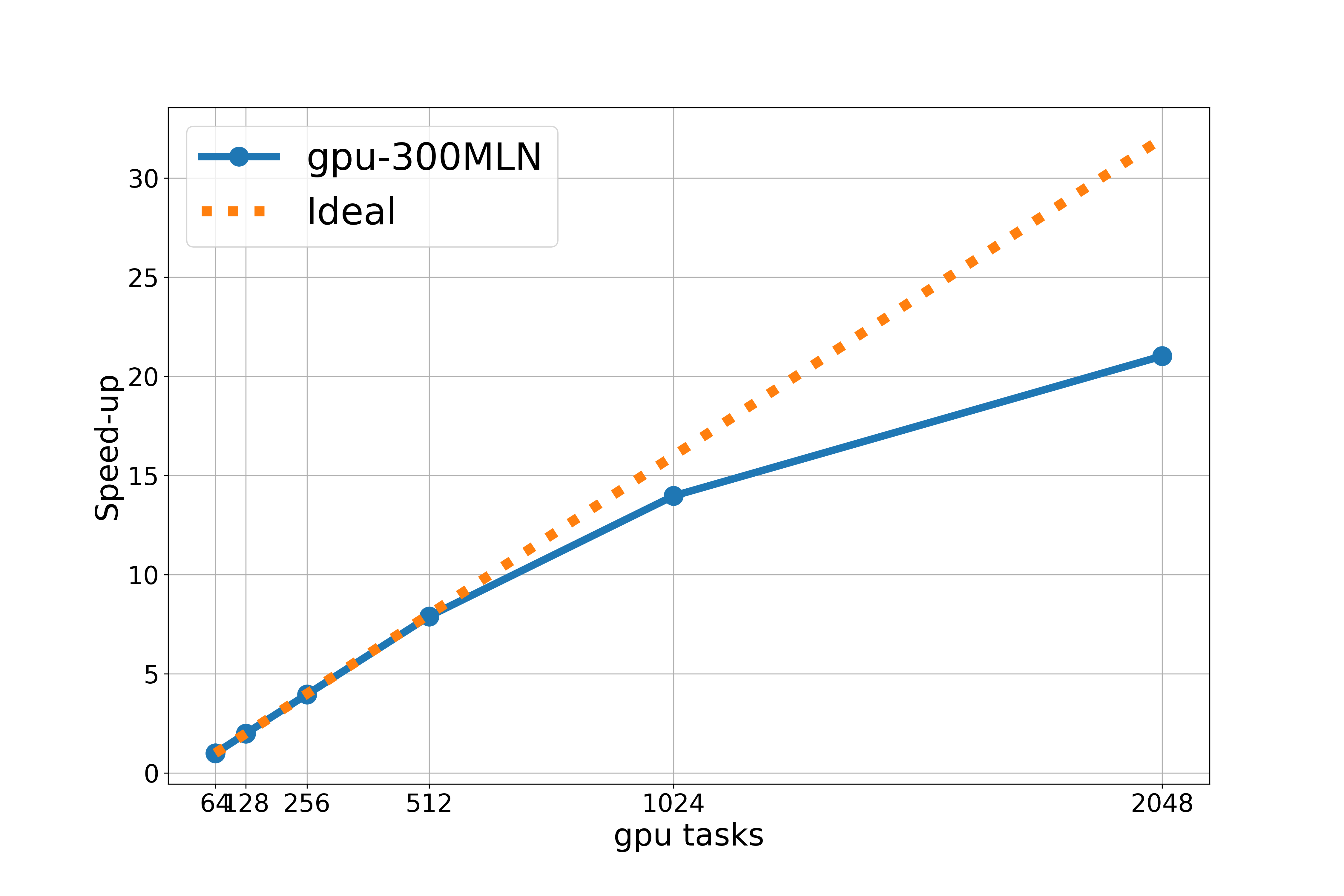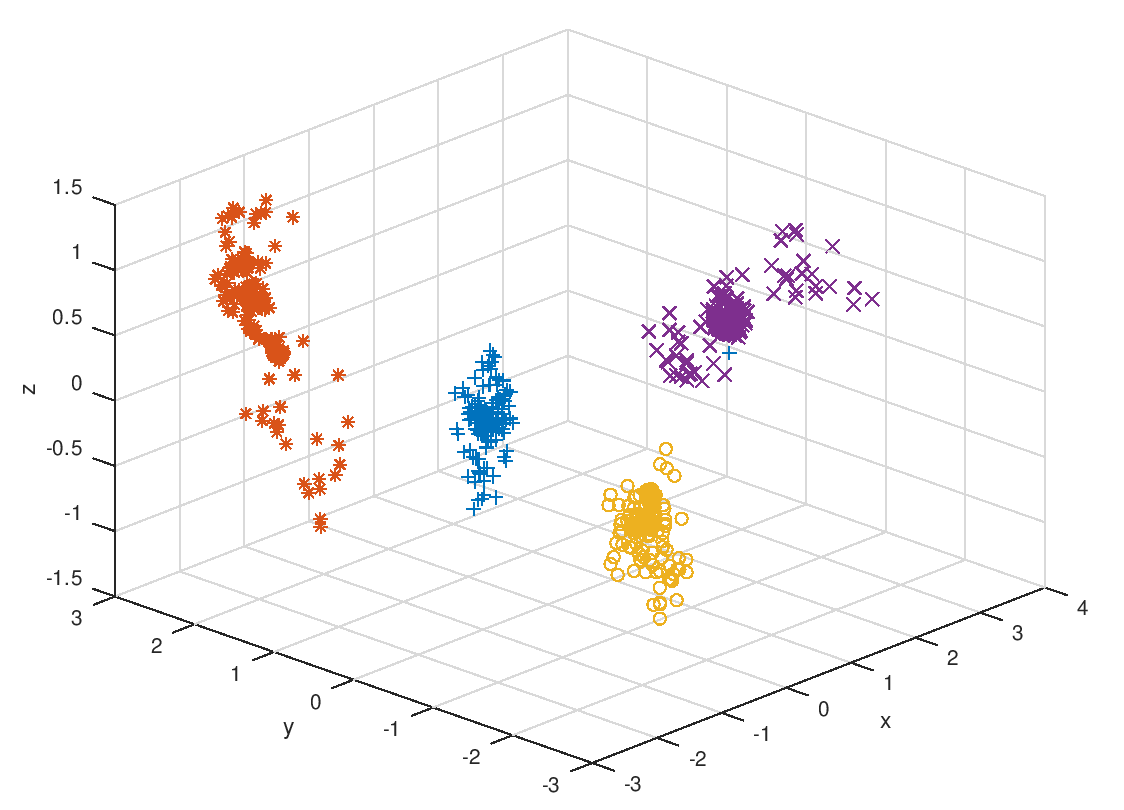
Project reference: 2010
Molecular simulations yield plenty of data which have to be processed to obtain desired results. Although the automatization of data verification is still better and better, there is still a necessity to check some properties by the naked eye. For those situations, reliable lighweight visualization software is needed, often taylored directly for the specific purpose. The main aim of this project is to create such tool which could be then used for visualizing the outputs of the molecular simulations performed at our supercomputing center.
The student will get to know the most common formats used in molecular simulations and will learn how to visualize them in the clear and physically relevant manner.
The tool will be implemented in Python3 language which is nowadays widely used in the scientific community, especially for data analysis purposes, due to its high-level functions and easy to use syntax. Moreover, Python provides a strong affinity to the object oriented programming paradigm and its interpreter is platform independent. Thus, the student will be able to implement the tool in a clearly structured way so the software will be easily maintained and extended

Project Mentor: Martin Beseda
Project Co-mentor: RajkoĆosić
Site Co-ordinator: Zuzana Červenková
Participants: Marco Mattia, Denizhan Tutar
Learning Outcomes:
The student will gain experience in molecular simulations techniques data from which he will learn to process and present in a clear and understandable way. The latter goal will be performed by a software tool which will be implemented by the student.
Student Prerequisites (compulsory):
- Knowledge of Python
- Knowledge of Linux
Student Prerequisites (desirable):
- Knowledge of C++
- Knowledge of Fortran 90 or later
- Familiarity with OpenGL, PyQT, …
- Experience with parallel programming
Training Materials:
- https://docs.python.org/3/tutorial/
- http://www.opengl-tutorial.org/
- https://wiki.python.org/moin/PyQt/Tutorials
Workplan:
- 1st week: training week
- 2nd week: installation and introduction to the necessary Python modules and data formats
- 3rd week: implementation of the data parser
- 4th week: basic GUI for the visualizing tool
- 5th week: implementation of basic fuctionalities
- 6th week: enhanced functionalities (rotation, zoom, VdW radii, etc.)
- 7th week: animation
- 8th week: finalization
Final Product Description:
A visualizing tool for the data outputs of various molecular simulation techniques.
Adapting the Project: Increasing the Difficulty:
Multiplatform support of the tool.
Adapting the Project: Decreasing the Difficulty:
Simple visualization without taking the physical properties (such as charge delocalization, Van der Waals radius, etc.) into consideration.
Resources:
The student will need just a Linux operated machine with Python3 interpreter and connection to the internet.
Organisation:
IT4Innovations National Supercomputing Center at VSB – Technical University of Ostrava











